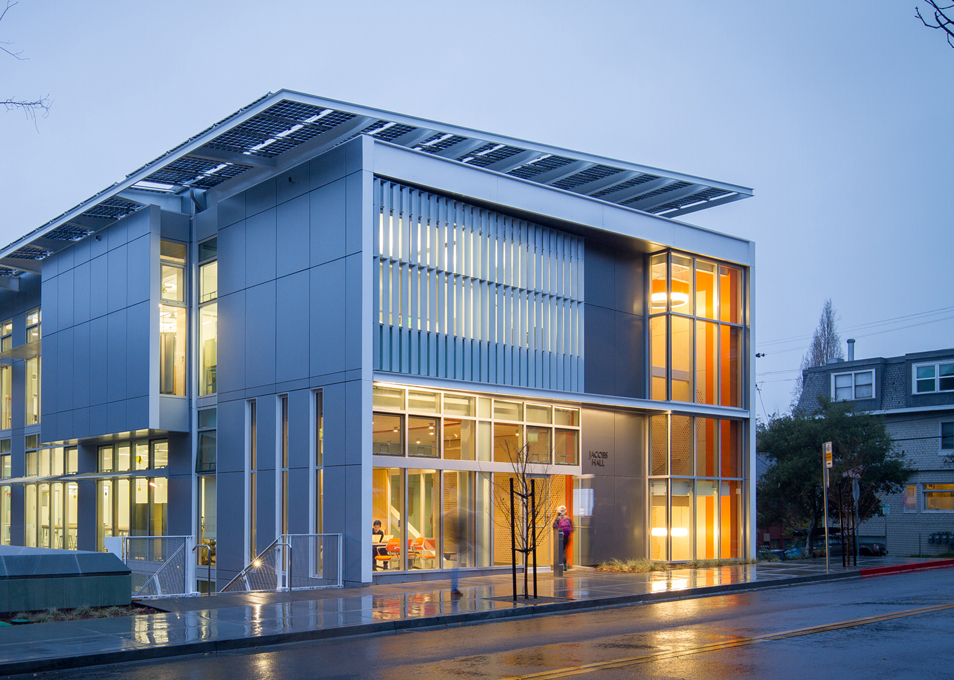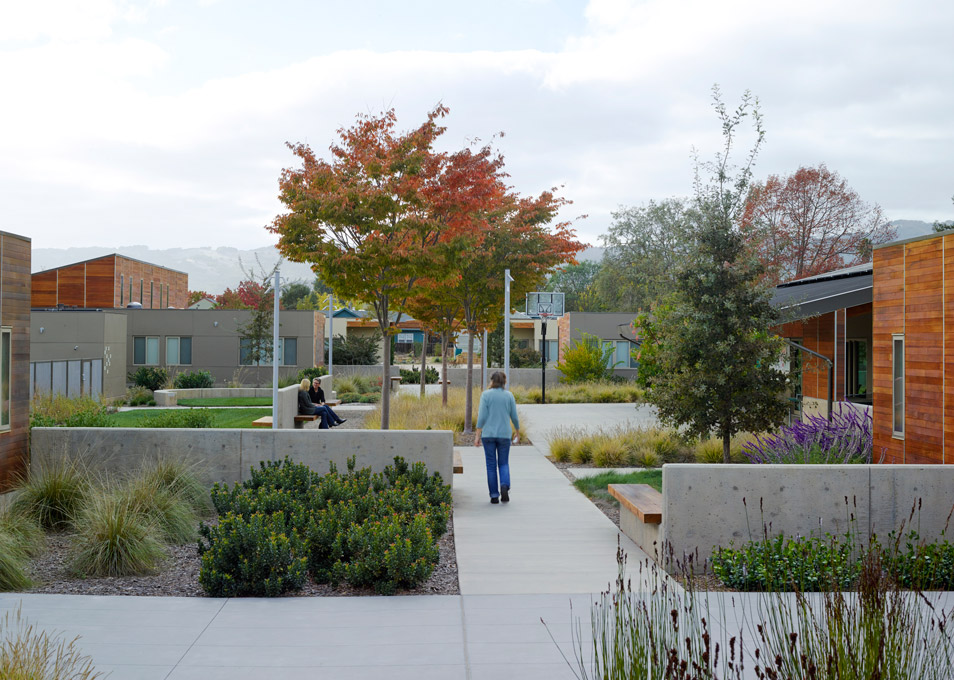San Francisco University High School, one of the city’s leading independent schools, was founded in 1973 to be a model of “excellence and equity.” Nearly 60 percent of its students identify as people of color, and 20 percent of the student body receives financial aid. When school leadership decided to construct its first ground-up building, they envisioned more than a state-of-the-art science and athletics facility. They wanted to create a new “front door” for the entire school that both serves and expresses the school’s core mission: “…to engage our community of diverse voices in a transformational experience that embraces the spirited pursuit of learning and empowers purpose larger than self.”
Leddy Maytum Stacy Architects is pleased to announce the promotions of Jasen Bohlander to Studio Director, and Dominique Elie and Gwen Fuertes to Associate Principals, in recognition of their leadership and significant contributions to the firm.
Architects can play a critical role in slowing down global warming. Buildings are responsible for nearly 40 percent of global carbon emissions. Heating, cooling, and operating buildings are responsible for 28 percent; these emissions are known as operational carbon. Fortunately, with building electrification and renewable energy sources, it is possible to design a building that doesn’t operate on fossil fuels. Cutting embodied carbon is a whole new challenge, which will soon be mandated by the state of California. To help figure out what can be done by designers of buildings, LMSA Senior Associate Gwen Fuertes recently connected with Meghan Lewis, an architect by training and a Program Director at the Carbon Leadership Forum, a Seattle-based nonprofit focused on getting embodied carbon down to zero.
Sunnydale, a historically underserved San Francisco neighborhood, had an inadequate community center for most of its 80-plus-years. Associate Ian Ashcraft-Williams, who managed the Sunnydale Hub project for LMSA, recently sat down with long-time Sunnydale resident Shelia Hill to find out what the new center means to her community.
Since joining LMSA nearly 20 years ago, Principal Vanna Whitney has contributed an immense passion for housing under-resourced populations, engaging with diverse user groups, and winning neighbors over through design. This October, Vanna will be stepping down from her role at LMSA to explore new career horizons.
Vanna Whitney on housing the unhoused, engaging with diverse user groups, and winning neighbors over through design.
Aaron Thornton on how collaboration makes for stronger design, balancing client and community needs, and how Star Wars inspired his career.
Gregg Novicoff on designing with empathy, public process, and how labor unions shaped his progressive values.
Ryan Jang on design that expresses the values of its users, and building in flexibility for the future.


























